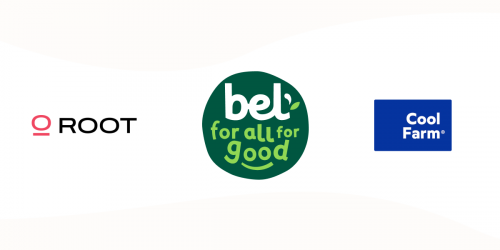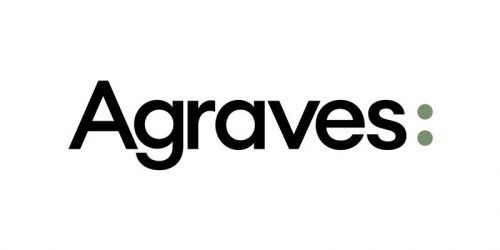Beyond ensuring that there is food on our table, agriculture plays a crucial role in shaping economies, preserving cultural heritage, and promoting environmental sustainability. According to the Food and Agriculture Organisation (FAO) 1, feeding the projected 9 billion global population by 2050 will necessitate a 70% increase in current food production. On the other hand, agriculture (especially the livestock sector) is both a main contributor to the climate crisis and one of the sectors that is most severely affected by climate change.
We have teamed up with ITN Business and Agriculture and Horticulture Development Board (AHDB) for the ‘Farming a Greener Future’ programme; a news-style programme launched at Countryside COP and hosted by Duncan Golestani, to explore the role livestock is playing in providing food security and how it can be produced sustainably.
Unlike many discussions about climate change and the livestock sector, the ‘Farming a Greener Future’ programme seeks to promote the other side of livestock farming that is less explored in the media by dispelling the myth that the livestock sector only harms the environment. The programme achieves this by highlighting the role that animal-based products play in providing nutritious food and feeding people globally.
The programme features key industry and news-tyle reports along with sponsored editorial profiles. With interviews with Professor John Gilliland from AHDB, Lead Nutritionist Kate Arthur, and conversations with various organisations providing climate solutions to the livestock sector.
In the Cool Farm section of the programme, the spotlight is on the practical solution offered by the Cool Farm Tool, dedicated to empowering improved on-farm decisions, equipping farmers with metrics to quantify and inform farm management plans. It goes beyond, enhancing biodiversity on farms through regenerative practices and leaving a positive impact across the globe.
Venturing to Eaves Farm, a family farm on a journey to regenerate soil, increase biodiversity and protect the environment, you will first hear from Charlie Curtis, Head Agronomist at Cool Farm. Charlie talks about the need for resiliency in farming systems from an economic, environmental, and social perspective. She highlighted the simplicity and user-friendliness of the Cool Farm Tool which uses quantified and credible metrics based on public datasets to provide a custom and holistic view of individual farms. The overall outcome is farmers that are empowered to improve their farming practices, reduce their carbon emissions, and waste.
Further in the programme, you will meet Jeremy Buxton, a third-generation farmer passionate about regenerative farming and producing high-quality food for the local community. Jeremey is determined to farm in a manner that regenerates the soils and biodiversity on the farm. He shares insights on how technology is crucial for the farming industry and how an understanding of sources of on-farm emissions can drive changes in practices.
“Embracing technology in farming is absolutely key if we are going to move forward as an industry so I think it will benefit farmers all over the UK.”
Jeremy Buxton, farmer and owner of Eaves Farm
The programme wraps up with Richard Profit, CEO at Cool Farm, where he discusses the mission of the Cool Farm Alliance: to accelerate the transition to regenerative and sustainable agriculture through standard quantification, democratisation of knowledge, and the prioritisation of farmer’s voices in global climate solutions.
“This is where global collaboration comes in because there might be something that a farmer does in West Africa, yes, it’s from a West African context, but it might be so in tune with nature that it might really be applicable in industrialised systems.”
Richard Profit, CEO at Cool Farm
To watch the Cool Farm section click here
1 https://www.fao.org/fileadmin/templates/wsfs/docs/expert_paper/How_to_Feed_the_World_in_2050.pdf









